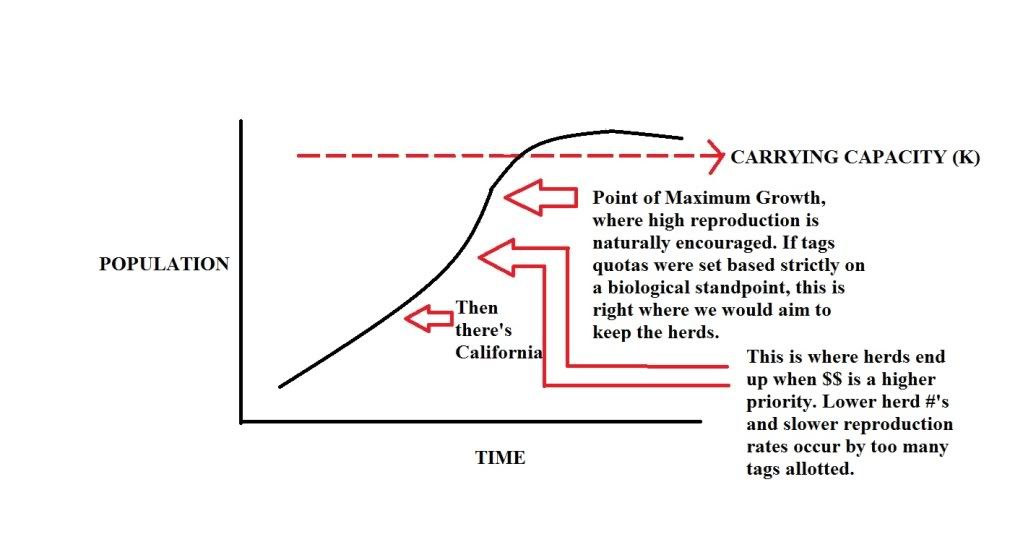packer58
Very Active Member
I may be missing somthing in my research.......is there a list of hunts out there that the proposed tag increase's apply or will the proposed tag increase be state wide including all hunts/ all species.
I have mixed feelings on increase tag quotas, increased tags do make for more opportunity and better draw odds but the down side to that is additional hunting presure and "company in the field".
For those that are apposed to tag increases in fear of desimating the heard..........keep in mind that "for example" a 10% increase in tags does not equall a 10% increase in dead deer.
I have mixed feelings on increase tag quotas, increased tags do make for more opportunity and better draw odds but the down side to that is additional hunting presure and "company in the field".
For those that are apposed to tag increases in fear of desimating the heard..........keep in mind that "for example" a 10% increase in tags does not equall a 10% increase in dead deer.


